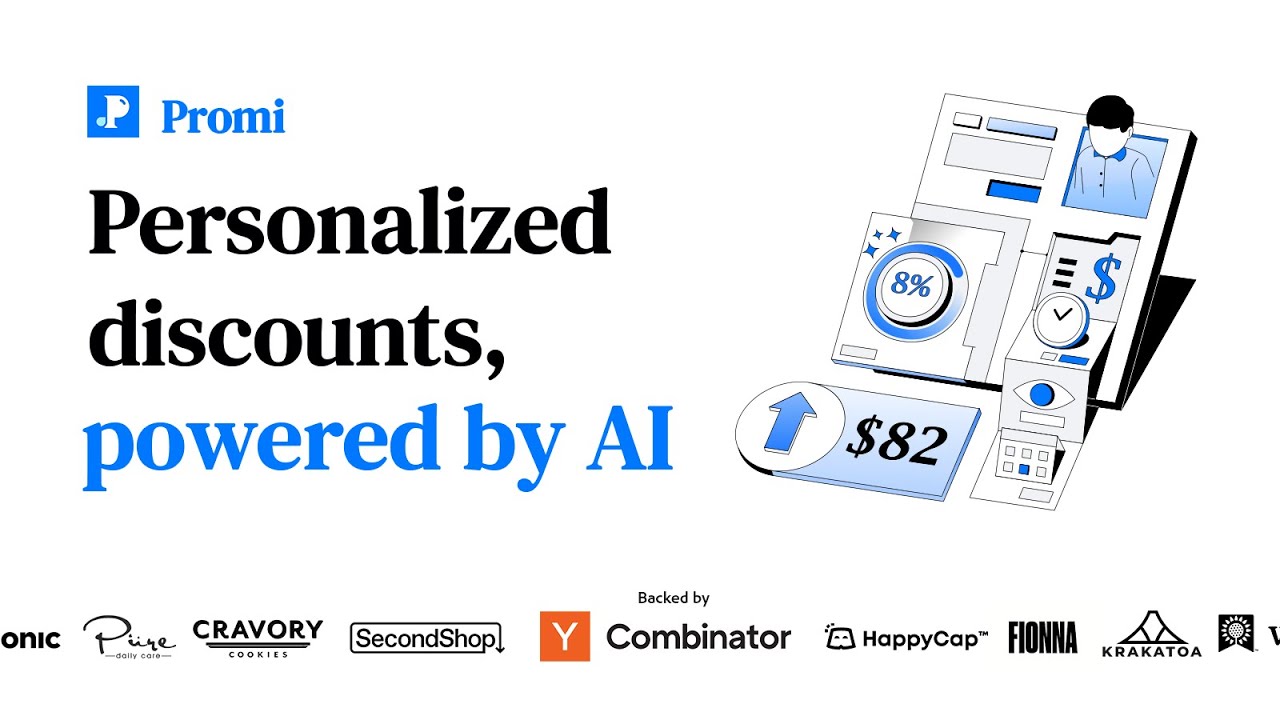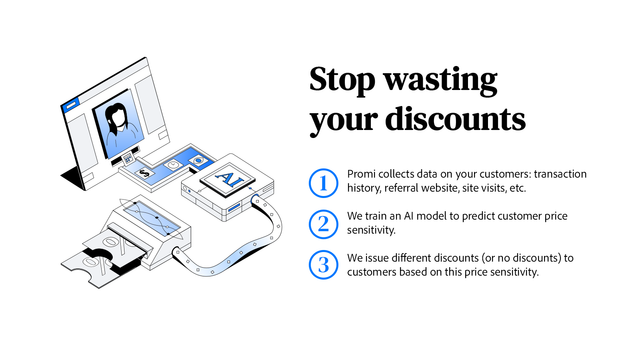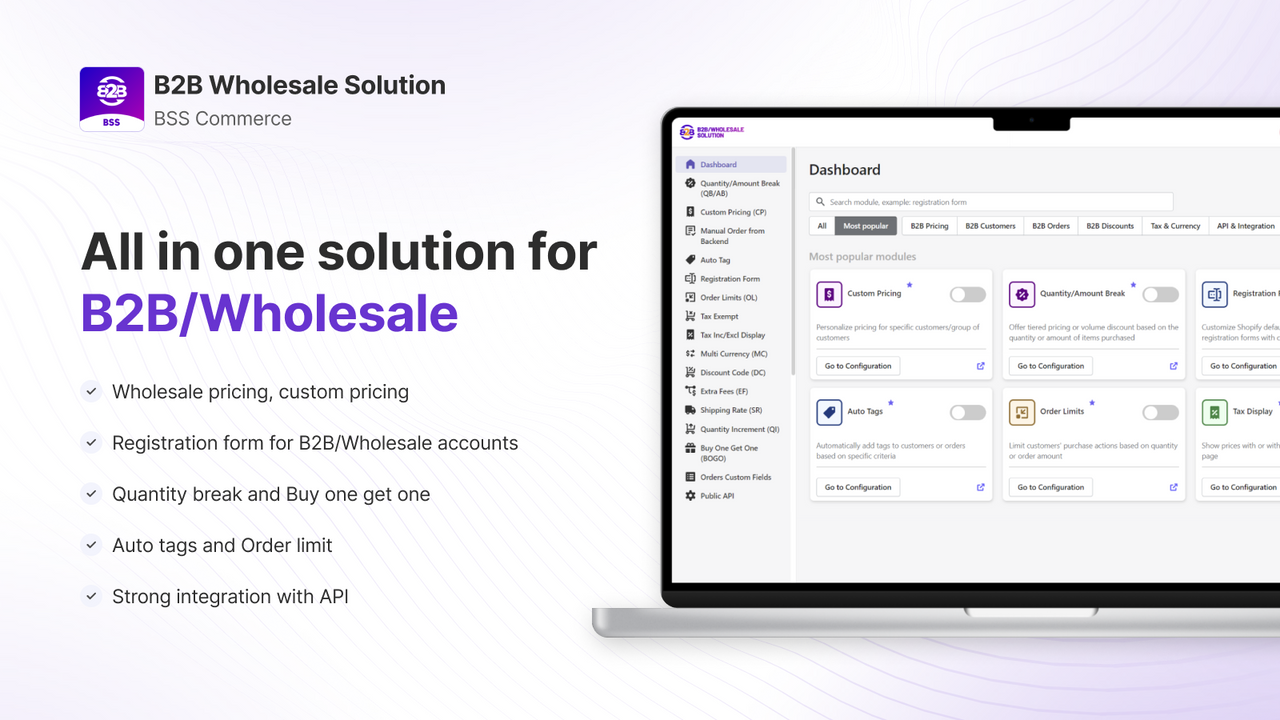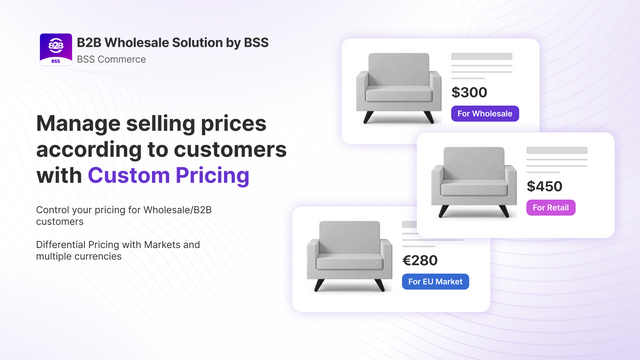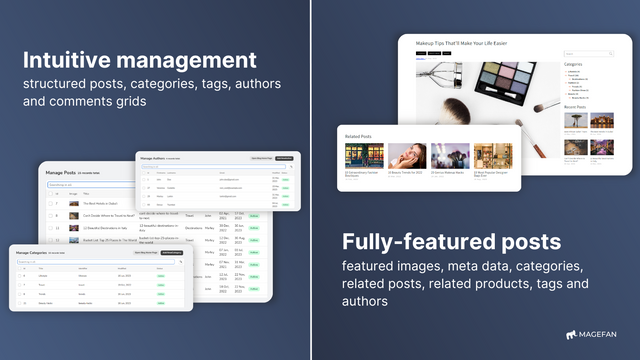In today's fast-paced digital world, speed is of the essence when it comes to ecommerce. Online shoppers have incredibly high expectations when it comes to website performance, and even the slightest delay can result in potential customers abandoning their carts and seeking out a competitor. This is where speed optimization comes into play. By ensuring that your ecommerce site is lightning-fast, you can significantly enhance the user experience, boost conversion rates, and ultimately drive more revenue for your business.
Understanding the Importance of Speed Optimization in Ecommerce
When it comes to ecommerce websites, speed is not just a nice-to-have feature; it's an absolute necessity. The impact of website speed on user experience cannot be emphasized enough. Numerous studies have shown that even a one-second delay in page load time can lead to a significant decrease in customer satisfaction and conversion rates. Think about it - would you be willing to wait for a slow-loading site when there are countless other options available at the click of a button? Probably not.
Furthermore, the rise of mobile shopping has only amplified the need for speed optimization. With more and more consumers browsing and purchasing products on their smartphones, it's crucial to ensure that your ecommerce site loads quickly and seamlessly on all devices.
The Impact of Website Speed on User Experience
When it comes to online shopping, time is of the essence. Consumers expect instant gratification - they want to quickly find what they're looking for, add it to their cart, and complete the purchase in a matter of seconds. If your website takes too long to load, you run the risk of frustrating potential customers and driving them away.
In addition to the negative impact on user experience, slow-loading websites can also have a detrimental effect on search engine rankings. Search engines like Google take into account website speed when determining search results, so a slow site could hinder your chances of appearing at the top of the search results page.
How Speed Optimization Boosts Conversion Rates
Speed optimization plays a crucial role in boosting conversion rates for ecommerce websites. Research has shown that every second counts when it comes to conversions - as page load time increases, the likelihood of a visitor bouncing from your site increases as well.
By optimizing your site for speed, you can reduce bounce rates and increase the chances of visitors staying on your site long enough to make a purchase. Faster load times also enhance the overall user experience, making it easier for customers to navigate your site, find what they need, and complete their transactions.
But how exactly does speed optimization work? It involves a combination of techniques and strategies, such as compressing images, minifying code, leveraging browser caching, and using content delivery networks (CDNs). These methods help reduce the file sizes of your web pages, minimize the number of server requests, and distribute your website's content across multiple servers, respectively.
Additionally, optimizing your website's code and database can also contribute to faster load times. This includes removing unnecessary plugins, optimizing database queries, and implementing caching mechanisms.
It's worth noting that speed optimization is an ongoing process. As technology advances and user expectations evolve, it's important to regularly monitor and improve your website's performance. This can be done through tools like Google PageSpeed Insights, which provide insights and recommendations for optimizing your site's speed.
In conclusion, speed optimization is not just a technical consideration; it's a critical aspect of running a successful ecommerce business. By investing in speed optimization, you can improve user experience, increase conversion rates, and ultimately drive more revenue for your online store.
Fundamentals of Speed Optimization
Now that we understand the importance of speed optimization, let's dive into the key elements that contribute to website speed and how you can optimize them for your ecommerce site.
Speed optimization is a critical aspect of website performance that can impact user experience, search engine rankings, and conversion rates. By focusing on improving the speed of your site, you can create a more efficient and user-friendly online experience for your customers.
Key Elements of Website Speed
There are several factors that contribute to website speed, including server response time, file sizes, and the number of HTTP requests. By addressing these elements, you can significantly improve the loading speed of your site and enhance the overall user experience.
Server response time is a crucial factor in website speed optimization. This refers to the amount of time it takes for your server to respond to a request from a user's browser. By choosing a web hosting provider with fast server response times, you can ensure that your site loads quickly and efficiently for visitors.
First and foremost, it's essential to choose a reliable web hosting provider that offers fast server response times. Opting for a reputable hosting provider can make a world of difference in terms of website speed and performance.
The Role of Web Hosting in Speed Optimization
Your web hosting provider plays a crucial role in speed optimization. Opt for a hosting package that offers features like SSD storage, content delivery network (CDN) integration, and server-side caching. These features can significantly improve the loading speed of your ecommerce site and ensure a seamless user experience.
SSD storage, for example, can provide faster data access times compared to traditional HDD storage, resulting in quicker loading speeds for your website. Additionally, integrating a content delivery network (CDN) can help distribute your site's content across multiple servers worldwide, reducing latency and improving loading times for users across different geographic locations.
Tools for Speed Optimization
When it comes to speed optimization, there is a wide range of tools available to help you analyze and optimize your ecommerce site for peak performance. Let's explore some of the most popular tools that can take your site's speed to the next level.
Overview of Speed Optimization Tools
From website performance testing tools to content delivery networks, there are numerous tools available to help you optimize your ecommerce site's speed. These tools can help you identify bottlenecks, optimize images, minify code, and much more.
Choosing the Right Tools for Your Ecommerce Site
When selecting speed optimization tools for your ecommerce site, it's important to consider your specific needs and goals. Look for tools that offer features specific to ecommerce, such as image optimization for product images and mobile optimization for seamless shopping on smartphones.
Remember, the ultimate goal is to enhance the user experience, improve conversion rates, and drive more revenue for your business. Choose the tools that align with these objectives and tailor them to meet your site's unique requirements.
Step-by-Step Guide to Speed Optimization
Now that you understand the fundamentals of speed optimization and have the right tools in place, let's dive into a step-by-step guide to optimizing your ecommerce site for speed.
Analyzing Your Ecommerce Site's Speed
The first step in the optimization process is to analyze your current site speed. Use tools like Google PageSpeed Insights or GTmetrix to assess your site's performance and identify areas for improvement. These tools will provide you with valuable insights and recommendations to optimize your site's loading speed.
Implementing Speed Optimization Techniques
With the analysis in hand, it's time to start implementing speed optimization techniques. This can include optimizing images and videos, minifying code, enabling browser caching, reducing the number of HTTP requests, and leveraging browser caching, among others.
Make sure to monitor the impact of each optimization technique and iterate as needed to achieve the desired speed improvements. Remember, speed optimization is an ongoing process, and continuous monitoring and optimization are essential to maintaining optimal performance.
Advanced Speed Optimization Strategies
For those looking to take their speed optimization efforts to the next level, there are advanced strategies that can provide even greater performance gains. Let's explore two of the most effective strategies: leveraging content delivery networks (CDNs) and understanding the benefits of browser caching.
Leveraging Content Delivery Networks (CDNs)
A content delivery network (CDN) is a network of servers located worldwide that cache and deliver your website's static content to users based on their geographical location. By leveraging a CDN, you can distribute your site's content closer to your users, reducing latency and improving loading times.
Understanding the Benefits of Browser Caching
Browser caching is another powerful speed optimization technique. By instructing web browsers to cache certain files, such as CSS and JavaScript, you can reduce the number of HTTP requests made and decrease the overall load time of your site for returning visitors.
Cache expiration settings can be adjusted to strike a balance between ensuring visitors receive up-to-date content and reducing the need for repeat downloads.
By following these advanced speed optimization strategies, you can take your site's performance to new heights, delivering lightning-fast experiences to your ecommerce customers.
Conclusion
In today's competitive ecommerce landscape, speed optimization is more critical than ever. By understanding the importance of speed, addressing the key elements that contribute to website performance, leveraging appropriate tools, and implementing advanced speed optimization strategies, you can create a fast and seamless shopping experience for your customers.
Remember, speed optimization is an ongoing process, and continuous monitoring and adjustment are essential to maintaining optimal performance. By prioritizing speed and constantly striving to enhance it, you can set your ecommerce site apart from the competition and increase conversions and revenue for your business.
Now that you're equipped with the knowledge to turbocharge your ecommerce site's speed, why not take the next step with OwlMix? Let Owlfred, your wise owl companion, guide you through our extensive directory of Shopify apps. Whether you're looking to enhance your site's design, improve marketing strategies, or streamline operations, OwlMix has you covered. Find your next Shopify app with ease and watch your online business flourish. With OwlMix, you're just a click away from optimizing your Shopify store to its full potential!



